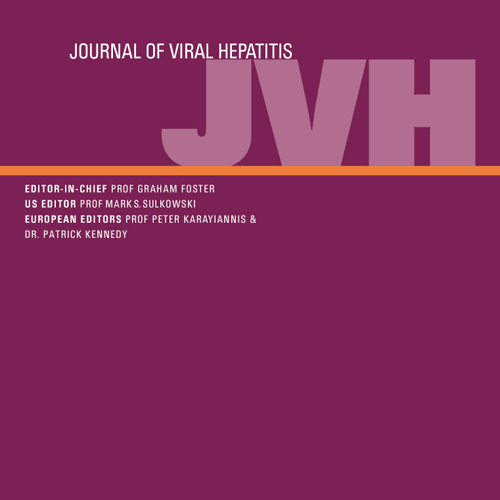Summary
In July 2020, the Mexican Government initiated the National Program for Elimination of Hepatitis C (HCV) under a procurement agreement, securing universal, free access to HCV screening, diagnosis and treatment for 2020–2022. This analysis quantifies the clinical and economic burden of HCV (MXN) under a continuation (or end) to the agreement. A modelling and Delphi approach was used to evaluate the disease burden (2020–2030) and economic impact (2020–2035) of the Historical Base compared to Elimination, assuming the agreement continues (Elimination—Agreement to 2035) or terminates (Elimination—Agreement to 2022). We estimated cumulative costs and the per-patient treatment expenditure needed to achieve net-zero cost (the difference in cumulative costs between the scenario and the base). Elimination is defined as a 90% reduction in new infections, 90% diagnosis coverage, 80% treatment coverage and 65% reduction in mortality by 2030. A viraemic prevalence of 0.55% (0.50–0.60) was estimated on 1st January 2021, corresponding to 745,000 (95% CI 677,000– 812,000) viraemic infections in Mexico. The Elimination—Agreement to 2035 would achieve net-zero cost by 2023 and accrue 31.2 billion in cumulative costs. Cumulative costs under the Elimination—Agreement to 2022 are estimated at 74.2 billion. Under Elimination—Agreement to 2022, the per-patient treatment price must decrease to 11,000 to achieve net-zero cost by 2035. The Mexican Government could extend the agreement through 2035 or reduce the cost of HCV treatment to 11,000 to achieve HCV elimination at net-zero cost.

